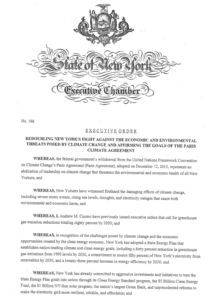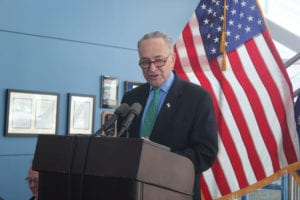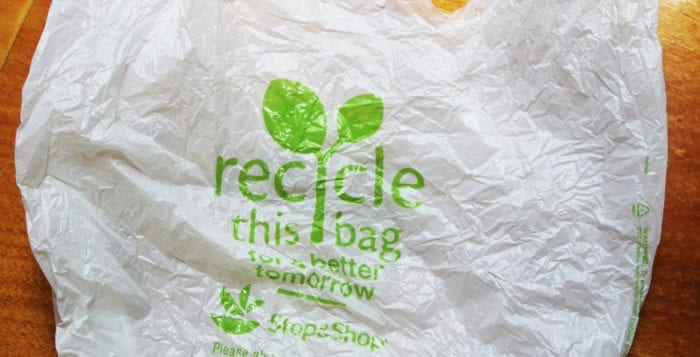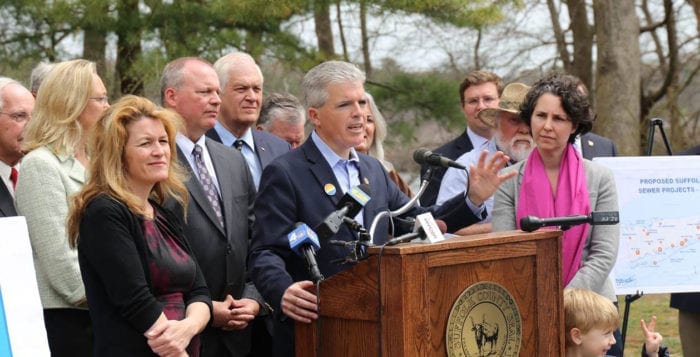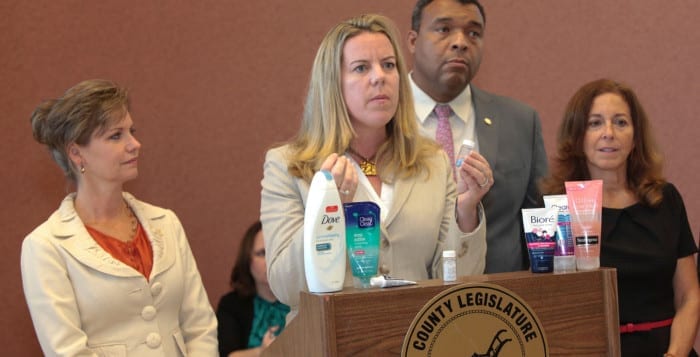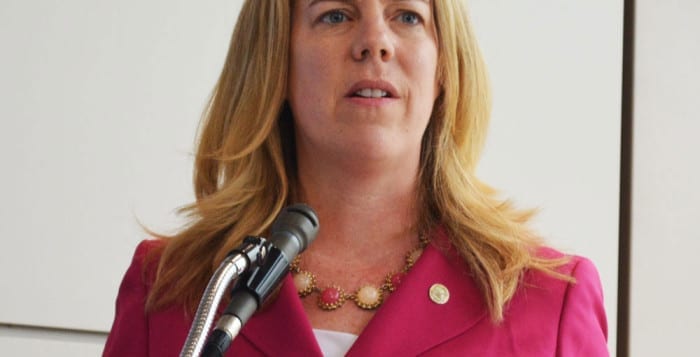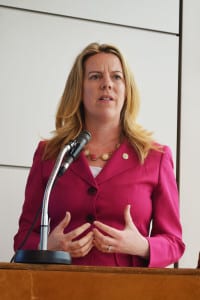By Alex Petroski
Last weekend, Port Jefferson was a haven for those concerned about the environment and interested in making changes in their everyday life to help improve the health of the Earth. The Greater Port Jefferson Chamber of Commerce hosted its ninth annual Green Fest June 17 at the Village Center, where members of the community and representatives from nonprofits and companies with energy efficiency missions gathered to inform and help others learn about living a greener lifestyle.
Nearly 30 vendors were present, sharing messages and initiatives with attendees, including Direct Energy Solar, a company that specializes in installing solar energy systems for homes; PowerUp Communities, a Long Island Progressive Coalition project that offers free energy efficiency assessments for homes and offers financial assistance through state grants for efficiency improvements; Power Energy Solutions, a company that specializes in the installation and service of smart home equipment like efficient thermostats and smart lights, which can be utilized to drastically reduce a home’s footprint; and the Citizen’s Climate Lobby, an international nonprofit advocating for federal legislation for a carbon emission fee.
Crystal Woods, a representative from PowerUp Communities, explained the importance of the company’s work and why participation in events like Green Fest is vital, especially on Long Island.

“We help homeowners get a free home energy assessment that’s provided to them by the state through [the New York State Energy Research and Development Authority], so they can find out what they’re wasting on their utility bills,” she said. “I do get encouraged when people ask questions about things like this … It’s not just putting a solar panel on the roof of your house, it’s unplugging your cellphone at night or making sure your computer is shut off when you’re not using it — basic, simple things that can make a huge impact.”
Michael Ripa, the co-owner of Powers Energy Solutions, reiterated Woods’ encouragement with the turnout and interest of the community during the event.
He said the company was started by his partner Jason Powers when he was working for the Department of Energy in Washington, D.C., because Ripa said Powers saw a void in skilled, trade labor working in the field to install and service equipment meant to improve energy efficiency in homes.
“This is great,” he said of the inquisitive nature of visitors of the event and wide availability of important information. “Our office is in Port Jefferson. I’m hoping to see more and more of this — it’s very cool.”
Jeanne Brunson, the leader of the Long Island Chapter of the international organization Citizens’ Climate Lobby, stressed the importance of eliminating political bias from discussions about the environment.
“We all care about our natural resources — conservative, progressive, doesn’t matter,” she said. “That’s something that we all care about especially here on Long Island, where the impacts of climate change could be so catastrophic. I love to see people coming together regardless of political persuasion on that.”
Brunson added her mission in attending the event was to encourage visitors to ask their representatives in Congress to support legislation to enact a carbon fee, which would charge energy companies that use fossil fuels and would reimburse American taxpayers with the money.
“So it’s a price signal to the market to shift away from fossil fuels,” she said. “It’s a carbon tax, which we refer to as a fee because of the return of the revenue.”
Greater Port Jefferson Chamber of Commerce Director of Operations Barbara Ransome said the event was a success because it allowed visitors to speak one on one with vendors on ways to achieve a more sustainable lifestyle.



